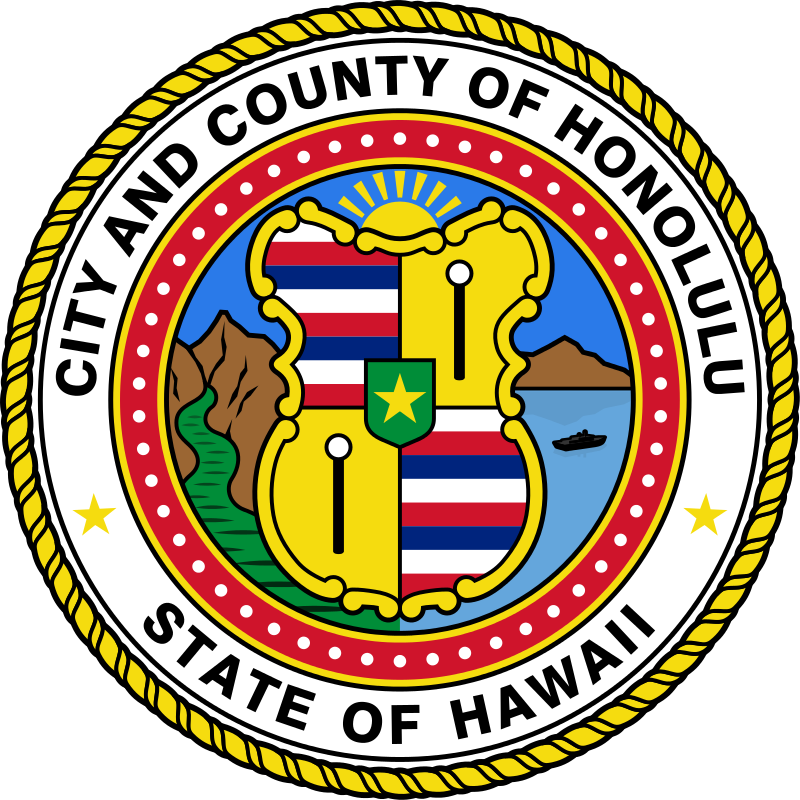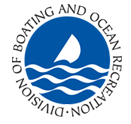Title Page
-
Business/Facility Name
-
Location
-
Conducted on
-
Prepared by
Seventh Supplementary Proclamation
-
All essential businesses and operations identified herein and persons engaged in permitted activities identified herein, shall exercise the following social distancing requirements to the fullest extent possible:
-
1. High risk populations. Elderly and others at high risk for COVID-19 are urged to stay in their residences to the extent possible, except as necessary to seek medical care.
-
2. Persons who are sick. Persons who are sick or have a fever or cough or are exhibiting symptoms such as shortness of breath or difficulty breathing, chills, repeated shaking with chills, muscle pain, headache, sore throat, or new loss of taste or smell, are urged to stay in their residences to the extent possible, except as necessary to seek medical care.
-
3. Six-foot distances. All persons shall maintain a minimum of six-feet of physical separation from all other persons to the fullest extent possible. Essential businesses and operations shall designate with signage, tape, or by other means six-foot spacing for employees and customers in line to maintain appropriate distance. Employees shall monitor and enforce the six-foot distancing requirement set forth in this Proclamation, whether outside waiting lines or as customers move about inside a facility. Checkout operations shall be modified, to the extent reasonably feasible, to provide this separation or to provide a transparent shield or barrier between customers and checkout clerks.
-
4. Limited Customer Occupancy. Each essential business facility or operation shall determine the maximum number of customers that may be accommodated while maintaining the specified separation distance and limiting the number of customers in the facility or at the operation to that maximum number at any time.
-
5. Face covering. All customers shall wear a face covering as described and recommended by the CDC, while waiting to enter and while at an essential business or operation. All employees of essential businesses or operations who have any contact with customers or goods to be purchased shall wear the cloth face covering recommended by the CDC while at their place of employment.
-
6. Hand sanitizer and sanitizing products. Essential businesses and operations shall make hand sanitizer and sanitizing products readily available for employees and customers. Employees handling items from customers, such as cash or credit cards, shall frequently utilize hand sanitizers.
-
7. Disinfection. Essential businesses and operations shall regularly disinfect all high-touch surfaces.
-
8. Safeguards for high risk populations. Essential businesses and operations are urged to implement processes to safeguard elderly and high risk customers. High risk persons are encouraged to stay in their residence to the extent possible, except as necessary to seek medical care.
-
9. Online and remote access. Essential businesses and operations shall post online whether a facility is open and how best to reach the facility and continue services by phone or remotely. Essential businesses and operations shall encourage their customers to do their business remotely by phone or online to the extent possible.
-
10. Pickup at store or delivery. Essential businesses and operations shall provide for, if feasible, online ordering and purchase of goods and customer pickup of orders at a location outside the facility or shall provide for delivery to customer locations.
-
11. Signage. Essential businesses and operations shall post a sign at the entrance of the facility informing all employees and customers that they should: wear CDC recommended face coverings while in the business or operation; avoid entering the business or operation if they have a cough or fever or otherwise do not feel well; maintain a six-foot distance from one another; not shake hands or engage in unnecessary physical contact.
Staff & Employee Safety
-
Consider temporarily assigning employees at high risk for COVID-19 to duties that don't involve close contact with the public. If remote work or reassignment is not possible, consider offering flexible leave policies to these employees. People at high risk include people who:<br><br>o Are over age 60<br>o Have underlying health conditions<br>o Are pregnant
-
Store workers should minimize their physical interactions with customers as much as possible, and they should also encourage customers keep space between each other.
-
Ensure staff have easy access to proper hand washing, sanitation, and cleaning.
-
Ensure that employees practice good hygiene by washing their hands thoroughly with soap and warm water for 20 seconds:<br><br>o Upon first arriving to work<br>o After using the restroom<br>o Before and after eating<br>o Before and after putting on and taking off masks<br>o After touching frequently touched surfaces and objects<br>o Frequently throughout the day.<br>Use hand sanitizer with at least 60% alcohol when soap and water is not readily available.
-
Advise employees to avoid touching their eyes, nose or mouth.
-
Conduct daily checks for symptoms of illness and ensure employees stay home when they are sick with fever, coughing, and sneezing. If an employee displays any sign of illness, they should be sent home immediately.
-
If possible, do not require a health care provider's note for employees who are sick to validate their illness. Health care providers may be extremely busy and not able to provide such documentation. Writing notes takes them away from providing care to patients.
-
Develop a plan for employees to return to work after illness using CDC guidance.
-
Allow employees to wear homemade face coverings. If possible, supply face coverings to employees.
Customer Safety
-
Keep track of customers coming into your store.<br><br>o When the newly established occupancy number is reached, only allow one customer in for every one that leaves. <br>o Ensure customers waiting to enter are standing 6-feet apart.<br>o Post self-screening questions for customers in line to assess if they should be entering the store based on their evaluation (example attached).<br>o Encourage customers to complete their purchases to allow others in the store.
-
Facial coverings are required on Oahu when entering most businesses that involve interacting with the public (see Order 5 of Mayor’s Emergency Order 2020-10 Ho’oulu i Honolulu)<br><br>o Institute a plan to ensure customers and employees (who are not exempt from the order) cover their face while in your store.<br>o Consider providing supplies like paper towels and rubber bands that can serve as makeshift masks to customers who come without one.
-
If possible, offer online ordering of products with curbside pickup to limit the amount of customers in the store.
-
Offer hand sanitizer wipes or dispenser stations with disinfectant, at the entrance and exit and throughout your store.
-
Limit groups shopping together to two people maximum. Others in the group can wait outside.
Sign Off
-
Name and Signature

















